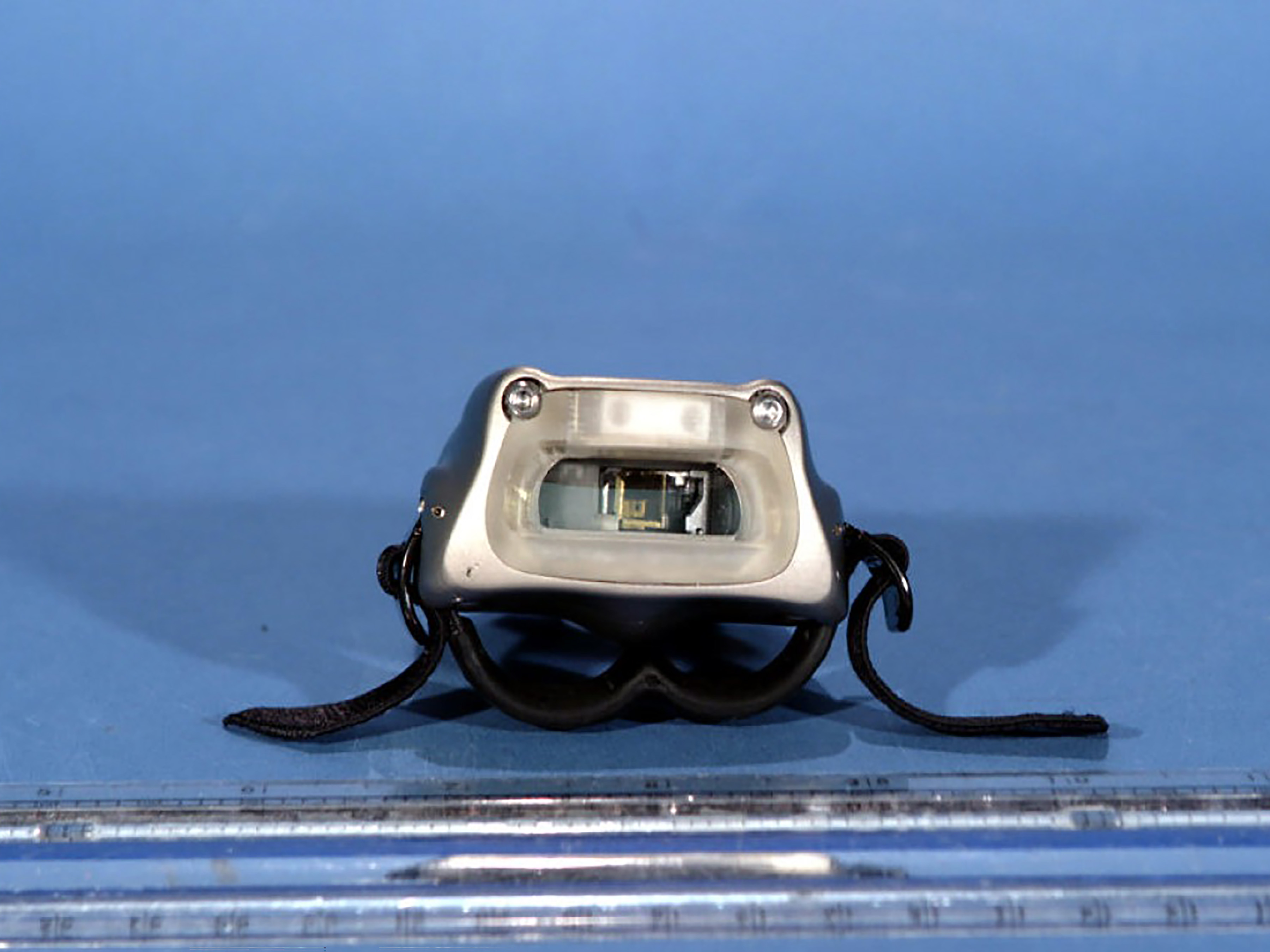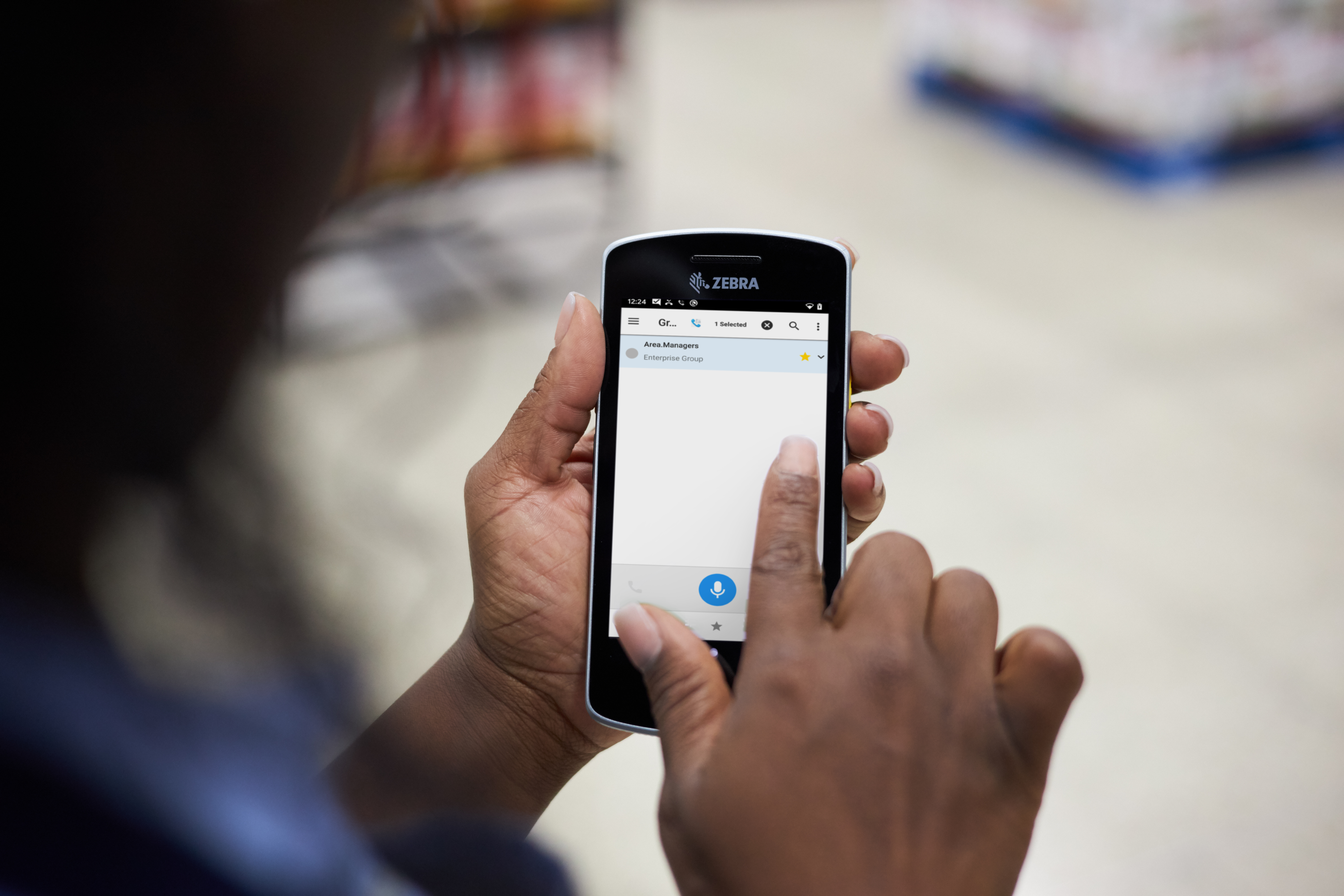Zebra's Industry Solutions can give your business a competitive advantage by connecting people, assets and data to help you make better decisions.
Scale and energise your retail strategy with a digital backbone that unifies your team, informs priorities and drives results with Zebra's retail technology solutions.
Zebra's healthcare technology solutions provide patient identity management, mobile health devices, and business intelligence data to improve efficiency.
Zebra’s manufacturing technology solutions enable manufacturers to become more agile, optimize plant floor performance and embrace market changes.
Zebra's market-leading solutions and products improve customer satisfaction with a lower cost per interaction by keeping service representatives connected with colleagues, customers, management and the tools they use to satisfy customers across the supply chain.
In today's world, the demands on transportation and logistics companies are higher than ever. Dedicated Warehouse, Fleet and Delivery, and Yard and Terminal solutions enable visibility to every aspect of your business and keep operations running flawlessly around the clock.
Zebra's hospitality technology solutions equip your hotel and restaurant staff to deliver superior customer and guest service through inventory tracking and more.
Empower your field workers with purpose-driven mobile technology solutions to help them capture and share critical data in any environment.
Technology is a key enabler in helping the Public Sector provide their frontline and back office workers automate business process and assets with a digital voice.
Zebra’s mobile computing, scanning, and printing solutions connect each operational area in your warehouse to give you the agility to realize transformational gains.
Zebra's range of mobile computers equip your workforce with the devices they need from handhelds and tablets to wearables and vehicle-mounted computers.
Zebra's desktop, mobile, industrial, and portable printers for barcode labels, receipts, RFID tags and cards give you smarter ways to track and manage assets.
Zebra's 1D and 2D corded and cordless barcode scanners anticipate any scanning challenge in a variety of environments, whether retail, healthcare, T&L or manufacturing.
Zebra's extensive range of RAIN RFID readers, antennas, and printers give you consistent and accurate tracking.
Choose Zebra's reliable barcode, RFID and card supplies carefully selected to ensure high performance, print quality, durability and readability.
Zebra's location technologies provide real-time tracking for your organisation to better manage and optimise your critical assets and create more efficient workflows.
Zebra's rugged tablets and 2-in-1 laptops are thin and lightweight, yet rugged to work wherever you do on familiar and easy-to-use Windows or Android OS.
With Zebra's family of fixed industrial scanners and machine vision technologies, you can tailor your solutions to your environment and applications.
Discover Zebra’s range of accessories from chargers, communication cables to cases to help you customise your mobile device for optimal efficiency.
Zebra's OEM scan engines, imagers, and private label OEM products offer flexible integration and help enhance product development with modern OEM technology.
Zebra's environmental sensors monitor temperature-sensitive products, offering data insights on environmental conditions across industry applications.
Keep labor costs low, your talent happy and your organization compliant. Create an agile operation that can navigate unexpected schedule changes and customer demand to drive sales, satisfy customers and improve your bottom line.
Empower the front line with prioritized task notification and enhanced communication capabilities for easier collaboration and more efficient task execution.
Get full visibility of your inventory and automatically pinpoint leaks across all channels.
Reduce uncertainty when you anticipate market volatility. Predict, plan and stay agile to align inventory with shifting demand.
Drive down costs while driving up employee, security, and network performance with software designed to enhance Zebra's wireless infrastructure and mobile solutions.
Explore Zebra’s printer software to integrate, manage and monitor printers easily, maximising IT resources and minimising down time.
Make the most of every stage of your scanning journey from deployment to optimization. Zebra's barcode scanner software lets you keep devices current and adapt them to your business needs for a stronger ROI across the full lifecycle.
RFID development, demonstration and production software and utilities help you build and manage your RFID deployments more efficiently.
RFID development, demonstration and production software and utilities help you build and manage your RFID deployments more efficiently.
Zebra DNA is the industry’s broadest suite of enterprise software that delivers an ideal experience for all during the entire lifetime of every Zebra device.
Advance your digital transformation and execute your strategic plans with the help of the right location and tracking technology.
Aurora Focus™ runs on Zebra’s fixed industrial scanners and VS20/VS40/VS70 smart cameras and comes ready-made for specific tasks like barcode reading and verification, OCR, and presence/absence vision inspection.
Zebra Aurora Focus brings a new level of simplicity to controlling enterprise-wide manufacturing and logistics automation solutions. With this powerful interface, it’s easy to set up, deploy and run Zebra’s Fixed Industrial Scanners and Machine Vision Smart Cameras, eliminating the need for different tools and reducing training and deployment time.
Aurora Imaging Library™, formerly Matrox Imaging Library, machine-vision software development kit (SDK) has a deep collection of tools for image capture, processing, analysis, annotation, display, and archiving. Code-level customization starts here.
Aurora Design Assistant™, formerly Matrox Design Assistant, integrated development environment (IDE) is a flowchart-based platform for building machine vision applications, with templates to speed up development and bring solutions online quicker.
Designed for experienced programmers proficient in vision applications, Aurora Vision Library provides the same sophisticated functionality as our Aurora Vision Studio software but presented in programming language.
Aimed at machine and computer vision engineers, Aurora Vision Studio software enables users to quickly create, integrate and monitor powerful machine vision applications without the need to write a single line of code.
Adding innovative tech is critical to your success, but it can be complex and disruptive. Professional Services help you accelerate adoption, and maximise productivity without affecting your workflows, business processes and finances.
Zebra's Managed Service delivers worry-free device management to ensure ultimate uptime for your Zebra Mobile Computers and Printers via dedicated experts.
Find ways you can contact Zebra Technologies’ Support, including Email and Chat, ask a technical question or initiate a Repair Request.
Zebra's Circular Economy Program helps you manage today’s challenges and plan for tomorrow with smart solutions that are good for your budget and the environment.

Will There Ever Be a Communication Technology Standard with More Staying Power Than Bluetooth?
Bluetooth has become ubiquitous over the last 20 years. (30 billion devices using Bluetooth.) But can it really get even more widely deployed (or better) than it is today? Inventor Jaap Haartsen has some interesting thoughts on what may happen in the next 20 years. Check it out.
Do you know how Bluetooth came to be one of the most impactful technology standards in the last 50 years? Or why it was even developed in the first place?
I do…now. I also know:
how Bluetooth (sort of accidentally) got its name.
who was really responsible for the technology and eventual standard’s development.
why no other technology has displaced it yet (and maybe never will).
the impact that it will most likely have on our lives for the next 20+ years.
That’s because I had the privilege of sitting down with Jaap Haartsen for a heart-to-heart of sorts about Bluetooth’s past, present and future. Admittedly, it turned into a bit of a love fest around Bluetooth because I spent a lot of time gushing about how much this technology completely changed our lives – and the course of our business here at Zebra.
I remember when we first started integrating Bluetooth technology into Zebra scanners way back in 2001. We knew it was going to give us so many opportunities to support front-line workers in particular because we were going to give different devices a way to talk to one another and share information. However, I had no idea how big Bluetooth would become – how important it would become – and come to find out, neither did Jaap or his colleagues.
They didn’t create Bluetooth technology to start a technology revolution (even though that’s what happened). They were just trying to make some mobile devices a little more appealing to their employer’s target market. It was intended to be a feature of sorts – a way to create a personal area network for some select devices – not this global standard that would completely change the way we share music, photos, videos and data for the next 20+ years.
In fact, Jaap is still amazed by the magnitude of Bluetooth’s evolution and impact on the world today.
No matter who you are, what you do for a living, or what your digital expertise is, you probably use Bluetooth technology every day in some way. So, I think you’ll be fascinated by its origin story, how it came to be so central to your life, and how it may one day help you extend your life – or at least improve the quality of your life. Watch this:
If you prefer to download and listen later, you can do so below or read the transcript here.
What (and Who) is Behind Bluetooth's Staying Power?
Editor’s Note:
Want to know more about how Bluetooth was born? (The technology, not the Viking king.) Check out this post from Ericsson with a little more of the origin story from its team’s perspective:
Bluetooth: Born in our backyard, raised by the world
And keep scrolling to see Zebra’s first Bluetooth wearable scanner…




Tom Bianculli
Tom Bianculli serves as the Chief Technology Officer of Zebra Technologies. In this role, he is responsible for the exploration of emerging opportunities, coordinating with product teams on advanced product development and Internet of Things (IoT) initiatives. The Chief Technology Office is comprised of engineering, business, customer research and design functions.
Tom began his career in the tech industry at Symbol Technologies, Inc. (later acquired by Motorola) in 1994 as part of the data capture solutions business. In the following years, he held positions of increased responsibility including architectural and director of engineering roles.
Tom has been granted over 20 U.S. patents and is a Zebra Distinguished Innovator and Science Advisory Board associate. He was recently named one of the Top 100 Leaders in Technology 2021 by Technology Magazine.
Tom holds bachelor of science and master of science degrees in electrical engineering from Polytechnic University, NYU and serves on the board of directors for the School of Engineering at the New York Institute of Technology.
Zebra Developer Blog
Zebra Developer Blog
Are you a Zebra Developer? Find more technical discussions on our Developer Portal blog.
Zebra Story Hub
Zebra Story Hub
Looking for more expert insights? Visit the Zebra Story Hub for more interviews, news, and industry trend analysis.
Search the Blog
Search the Blog
Use the below link to search all of our blog posts.
Most Recent
Legal Terms of Use Privacy Policy Supply Chain Transparency
ZEBRA and the stylized Zebra head are trademarks of Zebra Technologies Corp., registered in many jurisdictions worldwide. All other trademarks are the property of their respective owners. ©2024 Zebra Technologies Corp. and/or its affiliates.






